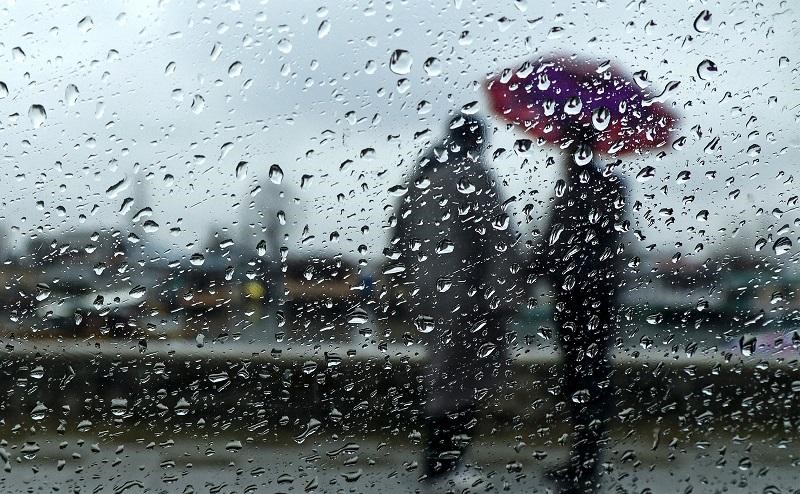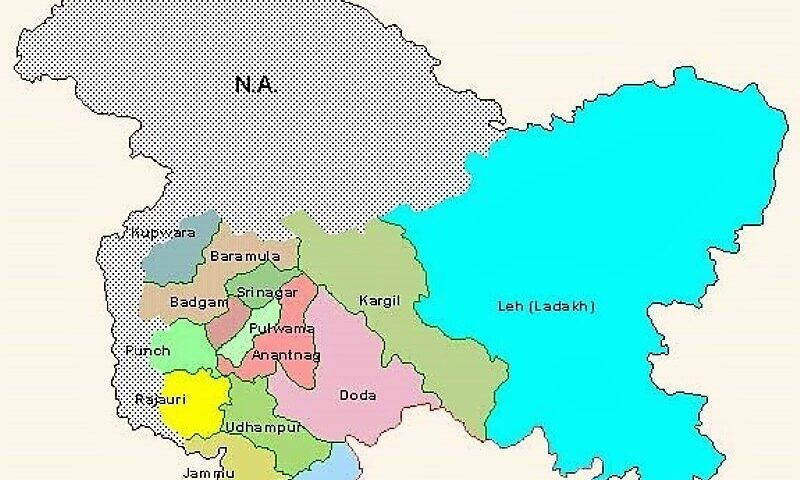Kashmir Weather Update: Heavy Rains, Strong Winds Cause Chaos Across the Valley
By: Javid Amin | Srinagar | 22 July 2025
Kashmir Grapples with Nature’s Wrath Amid Monsoon Onslaught
As the monsoon tightened its grip over the Himalayan region, Kashmir Valley found itself overwhelmed by relentless rainfall and gusty winds, leaving behind a trail of flooded roads, fallen trees, damaged homes, and disrupted lives.
The impact was not only widespread but also a grim reminder of the region’s fragile infrastructure and high disaster vulnerability during peak monsoon season.
Where It Hit the Hardest: District-Wise Disruption
Srinagar
-
Waterlogging in low-lying areas such as Bemina, Batamaloo, and Nowgam.
-
Commuters faced massive delays, with public transport suspended in some pockets.
-
Rainwater entered homes and shops, sparking complaints about clogged drains.
Pulwama & Anantnag
-
Flash flooding damaged orchards and farmlands, sparking concerns among fruit growers.
-
Electric poles and trees were uprooted in Tral, Pampore, and Mattan areas.
-
Local residents staged protests over frequent power outages and lack of pre-warning.
Baramulla & Sopore
-
Roads turned into muddy streams in Sopore and Pattan.
-
Overflowing drains caused property damage in older parts of Baramulla town.
Kupwara & Ganderbal
-
Minor landslides blocked access to remote villages including Keran and Tulail.
-
Communication lines snapped in hilly terrain, isolating several hamlets.
Wind Fury: Damaged Infrastructure, Power Outages
Wind speeds exceeding 60 km/h battered the Valley, compounding the monsoon chaos.
-
Dozens of trees collapsed onto roads, cars, and rooftops.
-
Tin roofs flew off homes in areas like Shopian and Budgam.
-
Power lines were torn down, leading to blackouts in more than 15 localities.
-
Mobile towers were impacted, disrupting cellular networks in pockets.
Official Statement:
“Restoration work is underway, but terrain and rain are slowing operations. Emergency crews are on the job round-the-clock.”
— Kashmir Power Distribution Corporation Ltd (KPDCL) spokesperson
Amarnath Yatra Halted Temporarily
The Amarnath Yatra, one of the largest Hindu pilgrimages in the region, faced major interruptions:
-
Movement of yatris was suspended on slippery mountain paths due to poor visibility and slush accumulation.
-
Helicopter services from Pahalgam and Baltal were called off temporarily.
-
Langars (community kitchens) were partially flooded in areas of Nunwan Base Camp.
“Safety of pilgrims is paramount. We’ve halted movement until conditions improve.”
— Divisional Commissioner, Kashmir
Visuals from the Ground: Kashmir Shares Its Struggles
Social media platforms like X (formerly Twitter), Instagram, and Facebook were flooded with:
-
Videos of vehicles submerged in water
-
Children navigating flooded alleys
-
Hailstorms pounding rooftops
-
Images of street vendors trying to protect goods under torn tarpaulin covers
The visuals reflect a population coping through resilience, but growing frustration is palpable, especially among daily wage workers and shopkeepers.
Safety Advisories and Emergency Protocols
Official Bulletins:
-
Residents near Jhelum River, Lidder, and Sindh streams have been advised to evacuate if water levels rise further.
-
Travelers are urged to avoid hilly roads and unlit areas at night.
-
Tourists in Gulmarg, Sonamarg, and Pahalgam have been told to stay indoors and heed local instructions.
Emergency Services:
-
Control rooms activated across all 10 districts.
-
SDRF, Army, and CRPF on standby for rescue missions in case of worsening conditions.
-
Sandbags and pumps deployed in urban areas vulnerable to flooding.
Weather Forecast: What’s Ahead?
According to the India Meteorological Department (IMD):
-
Moderate to heavy rainfall is expected for the next 24 hours.
-
Gradual reduction likely from Wednesday afternoon.
-
Hilly regions still under alert for:
-
Landslides
-
Shooting stones
-
Sudden cloudbursts
-
“We’re keeping watch on changing wind patterns and satellite readings. Updates will be frequent and district-specific,”
— MeT Department, Srinagar
Economic Impact: Losses for Farmers and Vendors
-
Fruit growers in South Kashmir fear crop damage due to excess water and hail.
-
Apple orchards, particularly in Shopian and Kulgam, suffered minor to moderate damage.
-
Local shopkeepers in flood-prone downtown Srinagar closed shutters early, fearing loss of merchandise.
“This monsoon will hit our earnings badly. We weren’t warned in time,”
— Ghulam Nabi, street vendor in Rainawari
Public Reaction: Anger, Frustration, and Demands
Many Kashmiris are calling out civic bodies for:
-
Ineffective drainage systems
-
Lack of pre-monsoon preparedness
-
Poor coordination between departments
Online hashtags like #KashmirRainFury, #DrainageCrisis, and #PowerCutsInRain trended for hours, as people shared grievances.
Government’s Promise
-
Lieutenant Governor Manoj Sinha chaired an emergency meeting, ordering:
-
Rapid assessments of affected zones
-
Temporary shelters for displaced families
-
Monsoon Disaster Plan audits in each district
-
He assured that “no family will be left without assistance.”
Broader Lessons: A Wake-Up Call for Kashmir’s Monsoon Readiness
This extreme weather event has once again exposed Kashmir’s infrastructure gaps:
-
Outdated drainage and sewerage networks
-
Weak wind-resilient housing structures
-
Lack of disaster-resilient urban planning
Experts warn that climate change will bring more frequent and intense rainfall, and Kashmir must prepare accordingly.
What Needs to Be Done:
-
Annual urban flood audits for cities like Srinagar
-
Rainwater harvesting and green infrastructure
-
Early warning systems using real-time satellite data
-
Relocation of vulnerable schools and shelters
Final Word
The recent bout of heavy rains and violent winds has plunged Kashmir into a crisis of mobility, safety, and infrastructure breakdown. While the immediate response is ongoing, the need for long-term resilience planning is more urgent than ever. For a region prone to natural disasters, every storm should be a lesson—not just a headline.




